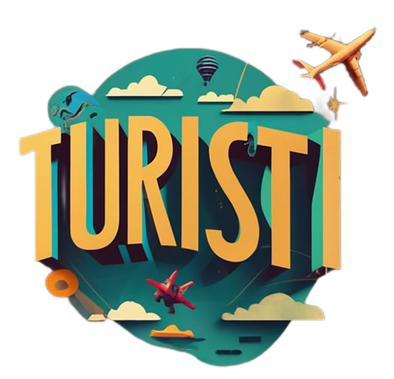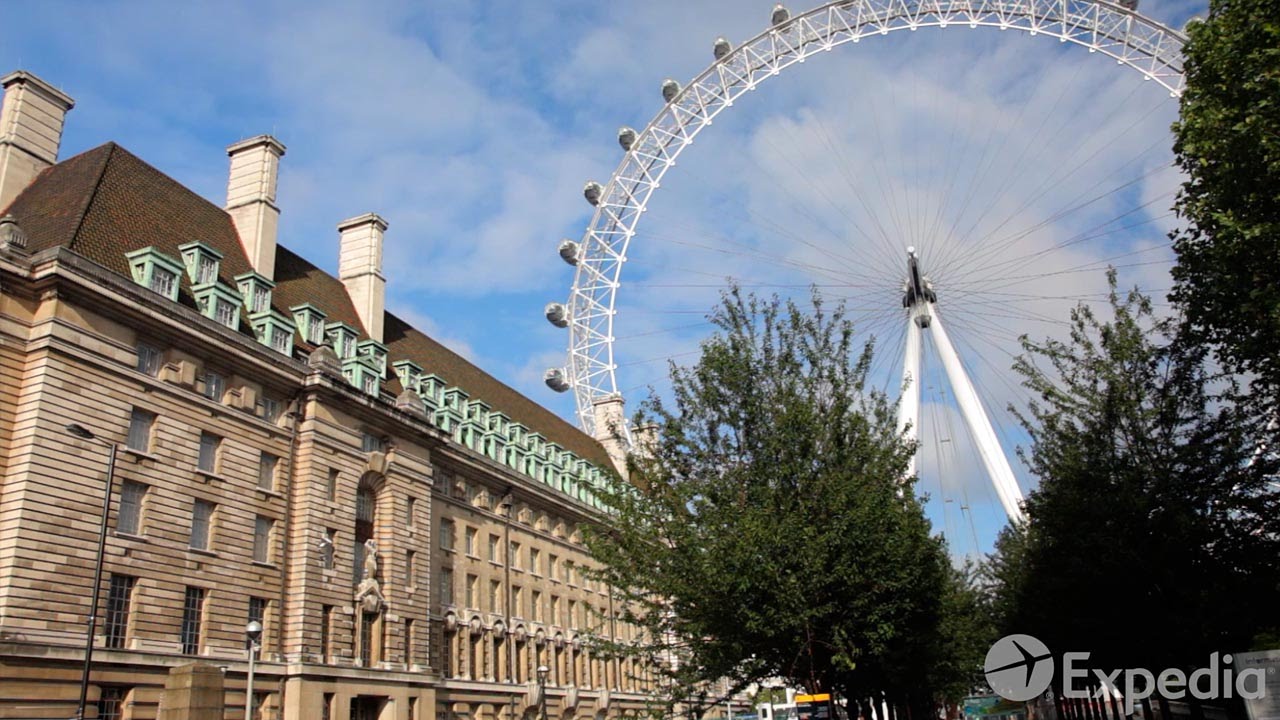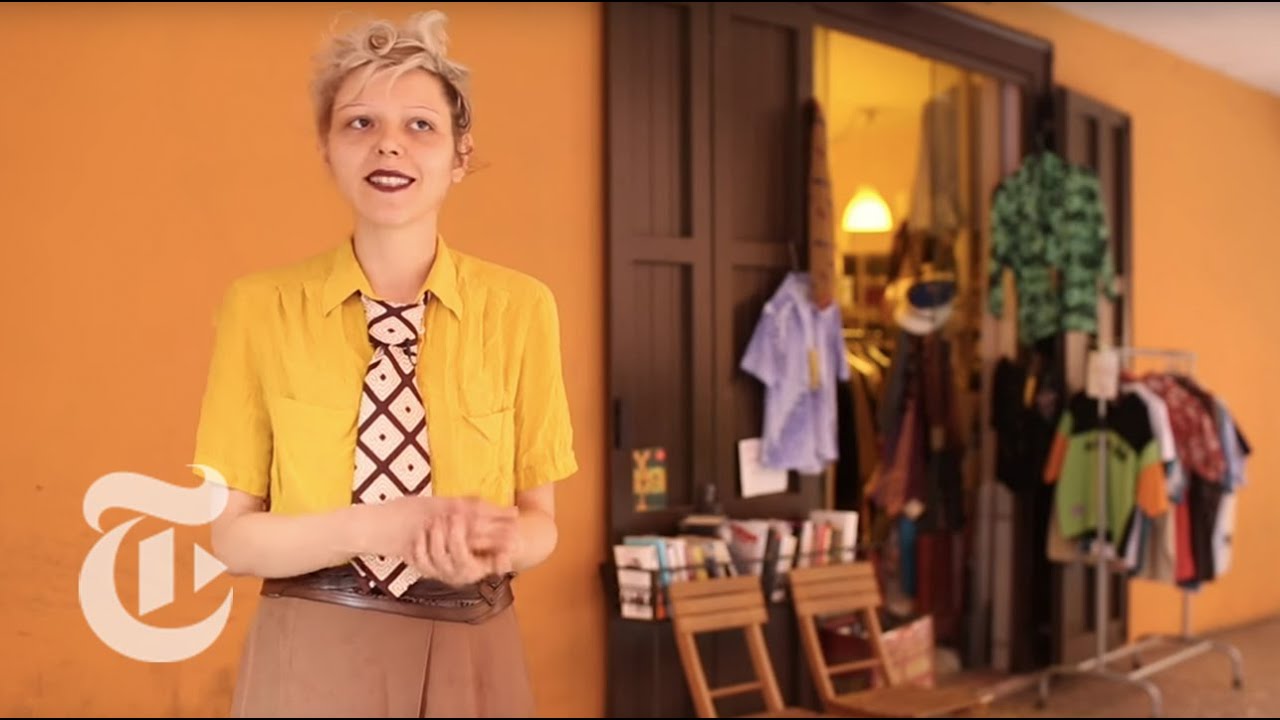Here’s my guide to to visiting Osaka in 2023 I spent 2 weeks in Osaka and put together all the favorite things I did, saw, and ate …
Hey guys, and welcome back to Eileen’s World! Our next stop on my world tour is Osaka, Japan. If you’re planning a trip to Osaka and wondering what it’s like to visit, here’s my guide on navigating the city, what to do, eat, and how to make the most of your trip.
If you’re new here, I’m Eileen. I’m temporarily retired to travel the world for one year with the goal of visiting as many places on my bucket list as possible.
Osaka was the second stop during my two-month trip around Japan. For information and useful tips on arriving in the country, check out my Tokyo travel guide.
Today, we’re leaving Tokyo and heading to Osaka via the Tokaido Sanyo Shinkansen No. 18. The ride took two and a half hours.
You can purchase tickets online or at the station. I bought my tickets and reserved my seat ahead of time at the station. If you have larger luggage, make sure to reserve a seat with the large luggage option so you can store your luggage behind you.
Otherwise, you can place your luggage in front of you if it doesn’t fit on the top shelf.
If you don’t want to take your luggage with you, another option is to use a shipping company to send your luggage to your next destination.
We used Yamato Transport to ship our large luggage from Tokyo to Osaka for $17. If you’re staying in a hotel, the front desk can organize the pickup and drop-off.
If you’re staying in an Airbnb, like we did, you can drop off and pick up your luggage at the nearest Yamato location. It can take two days for your luggage to arrive, so make sure you have what you need until then.
Back to the Shinkansen ride: the train leaves from Tokyo Station, so grab yourself an ekiben (a Japanese lunchbox) for the ride.
Unlike trains and buses, you can actually eat on the Shinkansen, and you can also purchase coffee on board. The ride is so convenient and comfortable that I actually wished it was a bit longer.
If possible, sit on the right side of the train for a chance to see Mount Fuji on clear days.
If you’re flying into one of Osaka’s two airports, a convenient way to get into the city center is the Osaka Airport Limousine Bus, which has different drop-off locations. It’s comfortable, convenient, and inexpensive.
Tickets can be purchased at the machine or you can use your IC card when you board.
Just like in Tokyo, the best way to get around Osaka is by foot, subway, or train. Google Maps works really well for walking directions and figuring out which train to take.
It will even tell you the total cost of the ride, so you can decide which route to take. The Osaka version of the IC card is the Icoca, but Pasmo and Suica cards also work.
While electronic payments are still relatively new in Japan, cash is vital. The best exchange rates can be found at money exchange shops in busy areas, and ATMs are widely available if you need to withdraw money.
During my travels, using an eSIM has been the most convenient option for me. If you have a phone with eSIM capabilities, you won’t need to buy a SIM card upon arrival, and there’s no physical card to switch out.
If I run out of data, I can easily top up on my phone. For Japan, I used Airalo. You can use my code on the screen for $3 off your first purchase.
We stayed in an Airbnb near Kuromon Market, a short walk from Namba Station, and I was really happy with this part of Osaka. We were within walking distance to many points of interest like Dotonbori and Shinsekai.
Our Airbnb had more space than our place in Tokyo since my mother-in-law was staying with us, so we had to get something a bit bigger.
Good morning from Osaka! We’re at a little breakfast diner, and you can choose between a Western set with toast, an egg, and coffee, or a Japanese-style breakfast with salmon or mackerel.
I had the salmon morning set, which included tofu, potato salad, radishes, miso soup, rice, seaweed, and salmon.
Years ago, there was a giant blowfish lantern in Dotonbori, but it’s gone now.
We did find a shooting game that my brother played, and after some shopping and fun, we tried some seasonal items at McDonald’s, including a bacon potato pie and a matcha frappe.
For traditional Osaka food, try kushikatsu (bite-sized deep-fried meat and veggie skewers) in the Shinsekai neighborhood.
Another must-visit is the old-school Japanese coffee shop, Kisa-ten, where we enjoyed sweets like melon cream soda, custard pudding, and shaved ice.
If you’re visiting with kids, check out Tennoji Zoo, which has a new penguin and sea lion exhibit, and a highlight for me was seeing the red pandas in person.
After spending the first half of the day around Shinsekai, visit nearby temples like Namba Yasaka Shrine, with its giant lion head-shaped building, and Shitennoji, Japan’s oldest official temple.
On day two, we started with fluffy Japanese souffle pancakes for breakfast at Café Annon. Later, we explored Kuromon Market for street food and Sennichimae Doguyasuji Street for kitchenware shopping.
For anime, electronics, and gaming enthusiasts, Denden Town is the Osaka equivalent of Tokyo’s Akihabara. You’ll find unique figurines and other fun items.
For dining, visit Kagonoya for traditional dishes like sukiyaki and shabu-shabu. Another great option is Kura Sushi, a conveyor belt sushi restaurant with an innovative ordering system.
If you have an extra day, consider day trips to Nara to see the deer and temples, Kyoto for its historic attractions, or Universal Studios Japan for a theme park experience.
That wraps up my Osaka travel guide! Leave your questions and feedback down below.
I have more Japan travel guides coming up, so make sure to subscribe and follow me on Instagram for real-time updates.
Arigato gozaimasu for watching, and see you in my next video!









